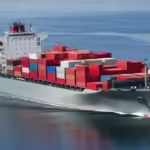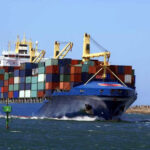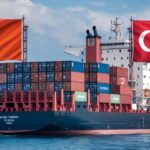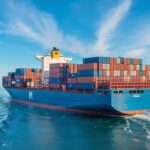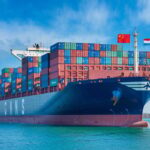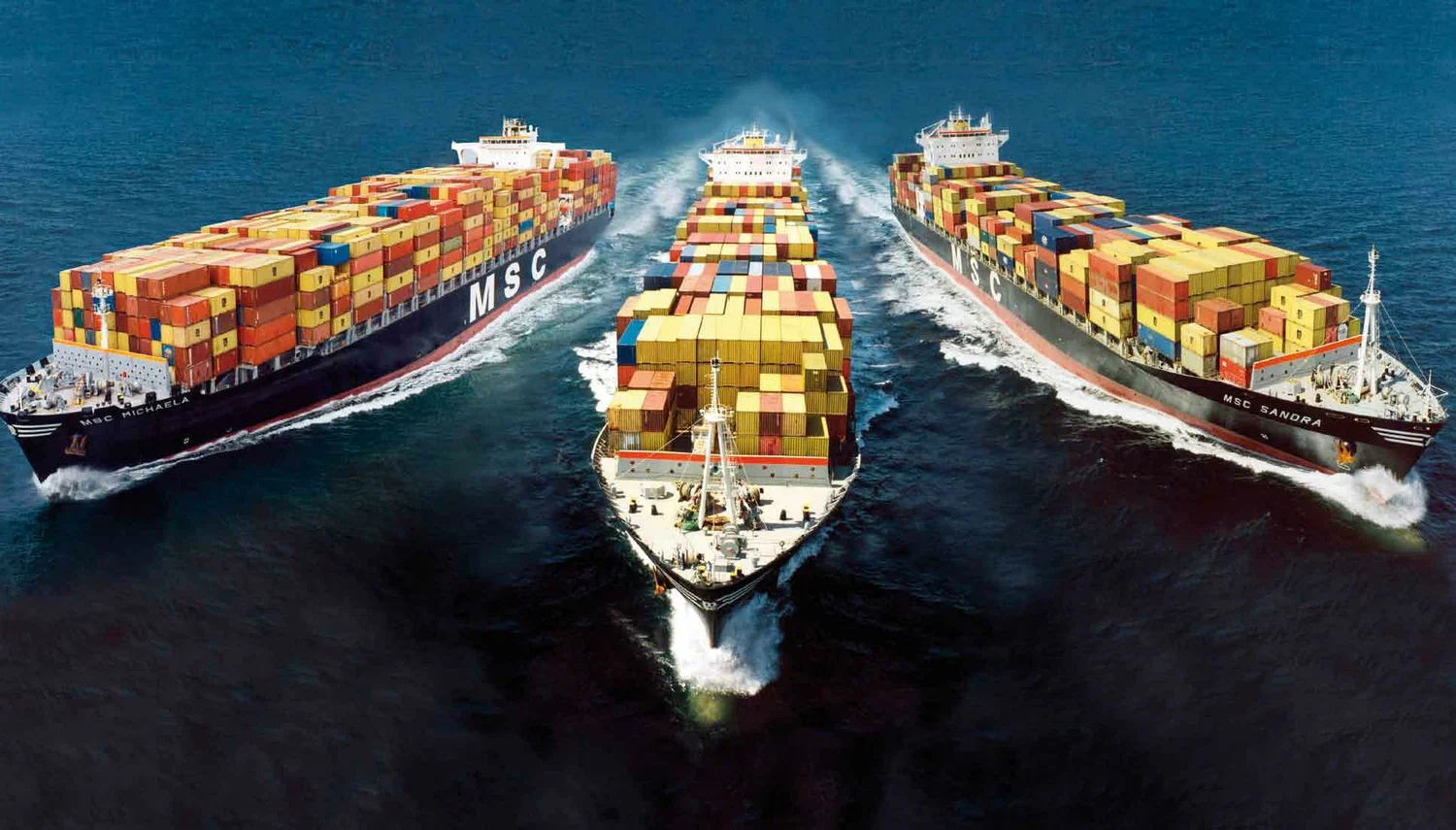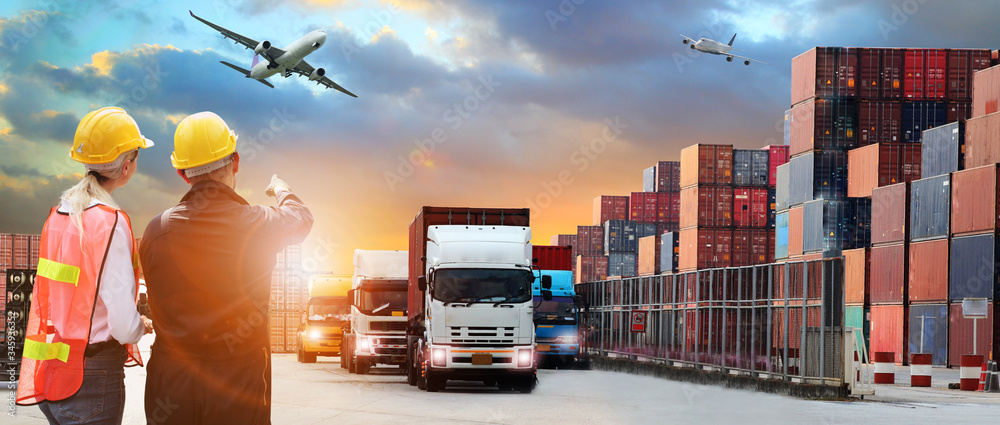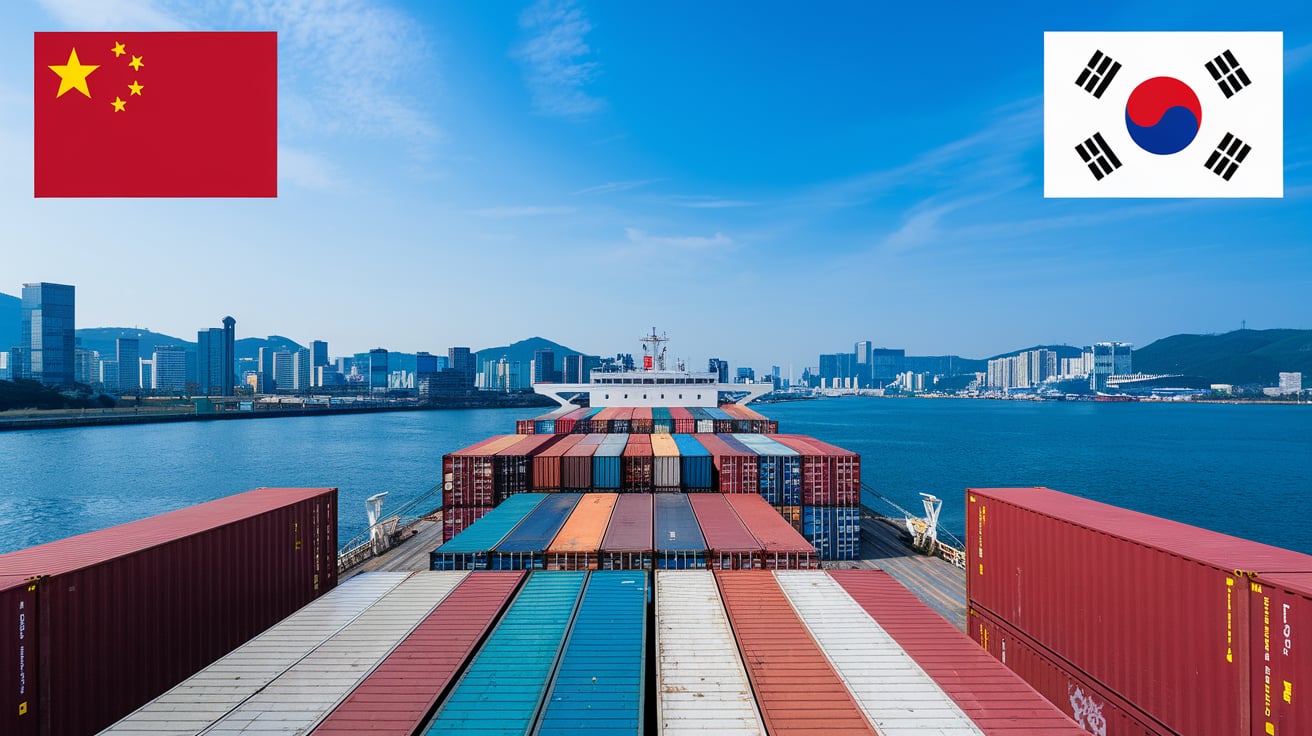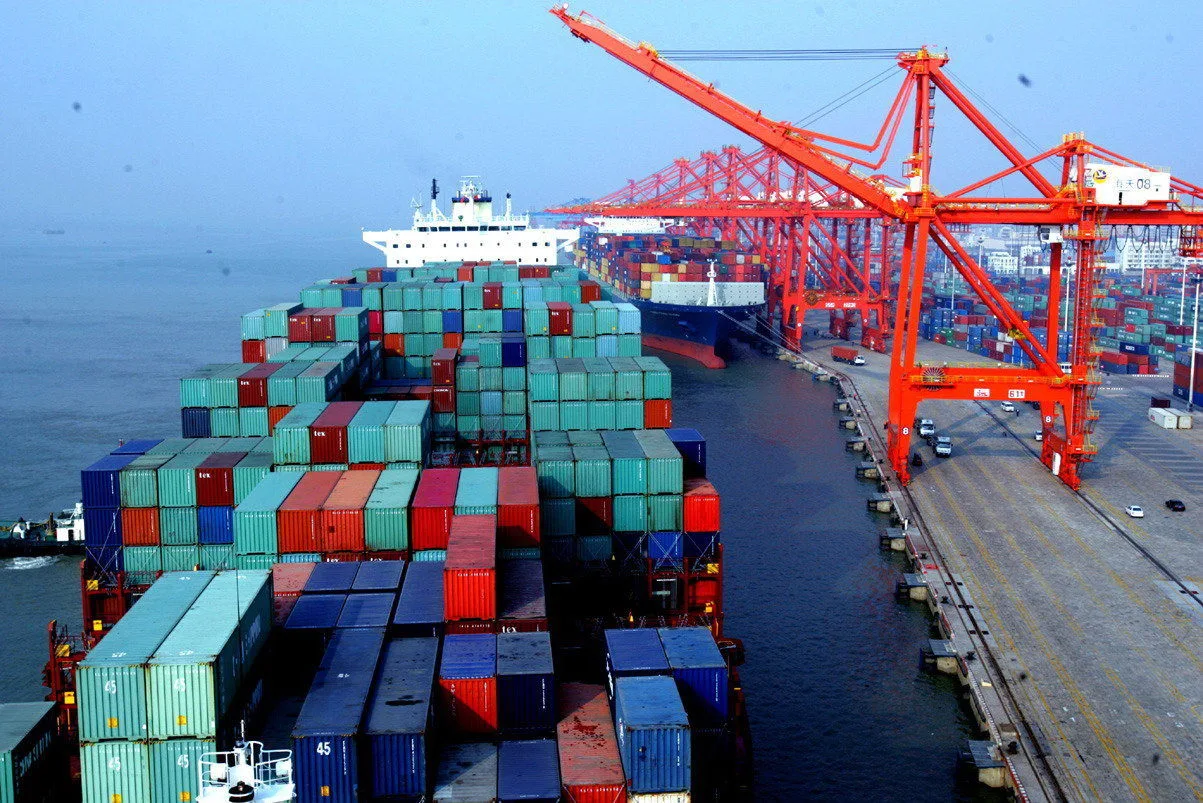Shipping goods from China to Australia can be a complex process, but understanding the nuances of sea freight can make it both cost-effective and efficient. In this guide, we will explore the various facets of sea freight, including types of services, factors affecting costs and transit times, and essential preparations for a smooth shipping experience.
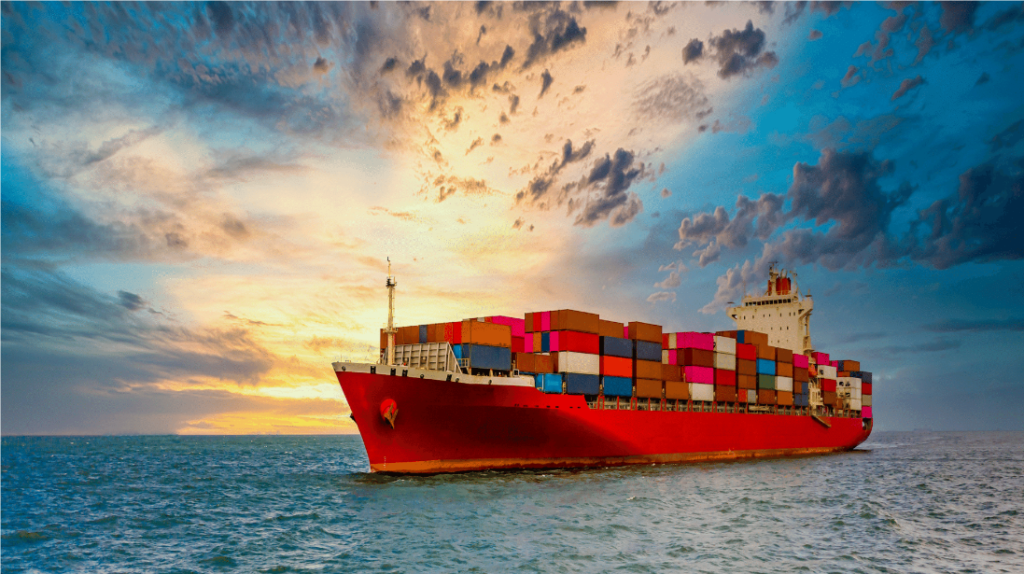
Why Choose Sea Freight for Shipping from China to Australia?
Cost-effectiveness of Sea Freight Compared to Air Freight
When it comes to shipping goods from China to Australia, sea freight proves to be significantly more cost-effective than its counterpart, air freight. The primary reason is the difference in pricing structures. Sea freight rates are generally calculated based on the volume or weight of the cargo, making it much cheaper for larger or bulk shipments. For businesses looking to optimize costs, especially when dealing with large quantities of products, sea freight can result in substantial savings. According to a recent study, companies can save up to 60% on transportation costs by choosing sea freight over air freight for their shipments.
Suitability for Larger Shipments and Non-Urgent Deliveries
Sea freight is particularly well-suited for businesses that handle larger shipments or non-urgent deliveries. It allows for the transportation of sizable cargo that might exceed the capacity limits of air freight. Additionally, if delivery timelines are flexible, sea freight can be an excellent option. The typical transit time from China to Australia via sea freight ranges from 20 to 40 days, depending on the shipping line and specific ports. This longer lead time is often acceptable for businesses that do not require expedited shipping, making sea freight a practical choice for many importers.
Types of Sea Freight Services
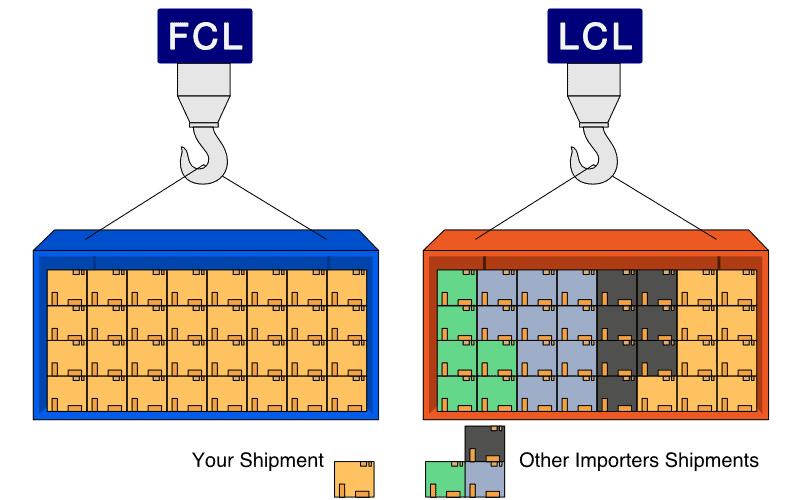
Less Than Container Load (LCL)
For businesses with smaller shipments, Less Than Container Load (LCL) shipping offers an ideal solution. This service allows multiple shippers to share container space, which provides a cost-effective way to transport smaller quantities without incurring the expense of a full container. LCL is perfect for startups or businesses experiencing fluctuating shipment volumes that do not yet warrant the commitment of a Full Container Load.
Full Container Load (FCL)
On the other hand, Full Container Load (FCL) shipping is designed for larger shipments that can fill an entire container. This option provides exclusive use of a container, ensuring that your goods are protected and transported efficiently. FCL is beneficial for businesses looking to maximize space and reduce per-unit shipping costs. It is often the preferred choice for high-volume importers, as it not only offers security but also faster transit times compared to LCL, since there are fewer stops along the way.
Whether you choose LCL or FCL, Dantful International Logistics offers a highly professional, cost-effective, and high-quality ocean freight service that caters to your shipping needs between China and Australia. Our expertise ensures that you receive tailored solutions that align with your business requirements.
Factors Affecting Sea Freight Costs and Delivery Times
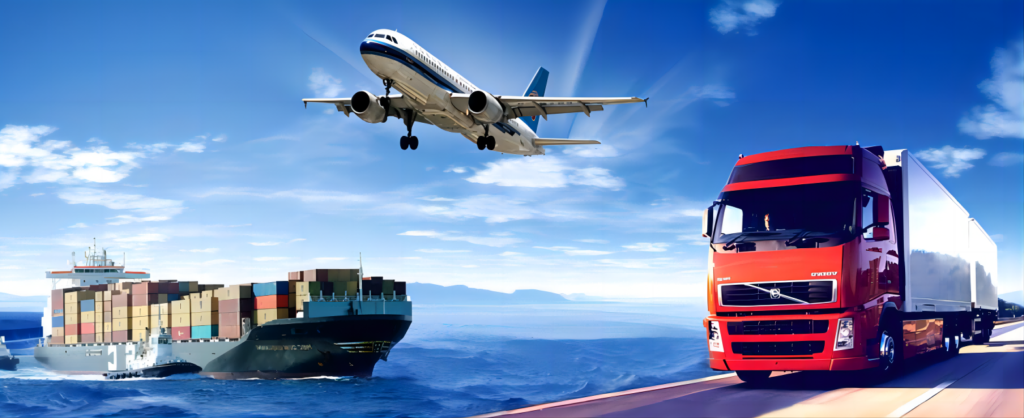
Shipping Ports
The choice of shipping ports in both China and Australia significantly impacts transit times and costs. Major ports, such as Shanghai and Shenzhen in China, and Sydney and Melbourne in Australia, are key players in the logistics chain. The proximity of these ports to your supplier and destination can either expedite or delay your shipment. Below is a comparison table that highlights the average transit times and costs associated with major port pairs between China and Australia:
| Port Pair | Transit Time (Days) | Estimated Cost (USD) |
|---|---|---|
| Shanghai to Sydney | 25-30 | $1,500 – $2,000 |
| Shenzhen to Melbourne | 22-28 | $1,600 – $2,100 |
| Ningbo to Brisbane | 30-35 | $1,700 – $2,200 |
| Guangzhou to Perth | 28-34 | $1,800 – $2,300 |
The data above demonstrates that different port combinations can influence both the speed and cost of your sea freight shipping. A well-chosen port pair not only reduces delivery times but can also lead to lower freight costs.
Shipment Size and Weight
The size and weight of your shipment are critical factors in determining the overall cost of sea freight. Larger and heavier shipments generally incur higher transportation fees, as shipping lines charge based on the volume (in cubic meters) or weight (in metric tons) of the cargo. This means that optimizing the packing and loading process can significantly impact your shipping expenses.
Commodity Type
The type of goods being shipped also affects sea freight costs and delivery times. Different commodities come with specific handling requirements that can influence shipping logistics.
Restrictions and Special Requirements for Certain Goods
Certain items may have restrictions or special requirements based on regulations in either country. For instance, customs regulations may dictate how certain types of machinery or electronics must be packaged or documented. It’s essential to be aware of these restrictions to avoid delays or increased costs during transit.
Hazardous Materials and Perishable Items
Shipping hazardous materials or perishable items also entails additional considerations. Hazardous materials must comply with strict safety regulations, often requiring specialized containers and documentation. This can lead to increased costs and longer lead times. Similarly, perishable goods require temperature-controlled containers and quicker transit times to ensure they arrive fresh, adding another layer of complexity to the shipping process.
Estimating Sea Freight Costs from China to Australia
Cost Per Container
When estimating sea freight costs, it is essential to consider the cost per container, as this can vary significantly based on the size of the container and the specific ports involved in the shipment.
- 20ft Container: The average cost for a 20ft container from China to Australia typically ranges from $1,200 to $1,800, depending on the shipping route and port pair.
- 40ft Container: For a 40ft container, costs generally range from $1,800 to $2,500. This larger container option is ideal for businesses with higher volume shipments.
Additional Fees and Charges
In addition to the base shipping rates, several additional fees and charges should be taken into account when estimating the total cost of sea freight. These may include:
- Customs Duties and Taxes: Import duties and taxes imposed by Australian customs can add a significant cost to your shipment. It’s crucial to familiarize yourself with these regulations to avoid unexpected expenses.
- Documentation Fees: Preparing and submitting the necessary shipping and customs documentation incurs fees that can vary based on the freight forwarder and the complexity of the shipment.
- Handling and Storage Costs: Additional costs for handling goods at ports, as well as storage fees if the goods need to remain at the port for any length of time, should also be included in your budget.
For a cost-effective, reliable, and comprehensive ocean freight solution, consider partnering with Dantful International Logistics. Our team can help you navigate the complexities of shipping from China to Australia, ensuring your goods arrive safely and on time while optimizing costs.
Read More:
- Shipping From China to the United States
- Shipping From China TO CANADA
- Shipping From China To Netherlands
- Shipping From China To UNITED KINGDOM
- Shipping From China To ALGERIA
- Shipping from China to UAE
- Shipping from China to Saudi Arabia
Sea Freight Transit Times from China to Australia
Port-to-Port Delivery
Port-to-port delivery is a common method for shipping goods from China to Australia, where the cargo is transported directly between major ports. Typical transit times for prominent port pairs include:
- Shanghai to Sydney: 25-30 days
- Shenzhen to Melbourne: 22-28 days
- Ningbo to Brisbane: 30-35 days
- Guangzhou to Perth: 28-34 days
Several factors can affect these transit times, including:
- Weather Conditions: Severe weather can lead to delays in departure or arrival.
- Vessel Schedules: Shipping lines operate on set schedules, and any disruptions can affect transit times.
- Port Congestion: High traffic at ports can lead to delays in loading and unloading cargo.
- Customs Inspections: Random inspections by customs can also add to the overall transit time.
Understanding these factors is essential for importers to effectively plan their logistics and inventory management.
Door-to-Door Delivery
Door-to-door delivery extends beyond port-to-port services by taking care of the entire logistics chain, including transportation from the port to the final destination. Efficient customs clearance is crucial in this process, as smooth clearance can significantly reduce delays. Adequate documentation and adherence to regulations eliminate bottlenecks at customs, ensuring that the shipment moves swiftly.
Utilizing a freight forwarder like Dantful International Logistics ensures that both customs clearance and last-mile delivery are handled efficiently, minimizing potential delays.
Preparing for Sea Freight Shipments
Required Documentation
Preparing for sea freight shipments entails ensuring that all required documentation is in order. Common documents include:
- Bill of Lading: This is a crucial document that serves as a receipt for the cargo and outlines the terms of the transportation contract.
- Commercial Invoice: This document provides details about the goods being shipped, including pricing and terms of sale.
- Packing List: A comprehensive list detailing the contents of each shipment, important for customs clearance and verifying cargo.
- Export Declaration: Required by the exporting country to comply with customs regulations.
- Import Declaration: Necessary for customs in the destination country to assess duties and taxes.
Having all documentation prepared and accurate will streamline the shipping process and mitigate the risk of delays or penalties.
Packaging and Labeling Requirements
Proper packaging and labeling play a vital role in ensuring that goods arrive safely and intact. Key considerations include:
- Durability: Packaging materials should withstand the rigors of long-distance transport across various modes of transport and handling.
- Weight Distribution: Proper weight distribution within packages helps maintain stability during transit.
- Labeling: Clear labeling is essential, including handling instructions, destination addresses, and relevant barcodes for tracking. Compliance with international shipping regulations is important, especially for hazardous materials or specific cargo types.
By adhering to these packaging and labeling requirements, businesses can avoid mishaps during transit and ensure compliance with customs regulations.
Choosing a Reliable Freight Forwarder
When it comes to shipping from China to Australia, selecting the right freight forwarder is crucial to ensuring a smooth logistics process. Here are some important factors to consider:
Experience in China-Australia Trade
Opt for a freight forwarder with a proven track record and extensive experience in handling shipments between China and Australia. An established forwarder will have insights into the most efficient routes, customs regulations, and logistical challenges specific to this trade lane.
Service Quality and Customer Support
Evaluate the service quality and customer support offered by potential freight forwarders. A reliable provider should be responsive, transparent, and able to accommodate your specific needs. Check reviews and testimonials to gauge their reputation in the industry.
Customs Clearance Expertise
Customs clearance can be a complex and time-consuming process. Choose a freight forwarder with expertise in customs clearance to ensure compliance with regulations and minimize delays. Their familiarity with customs procedures will help in preparing the necessary documentation and navigating any potential issues that may arise.
By considering these factors and partnering with a reputable freight forwarder like Dantful International Logistics, businesses can streamline their shipping processes and achieve a successful import experience from China to Australia. Our commitment to providing a highly professional, cost-effective, and high-quality service ensures that your logistics needs are met efficiently.
Dantful International Logistics Services:
- Dantful Ocean Freight Services
- Air Freight From China
- Amazon FBA Freight Forwarding
- WAREHOUSE Services
- One-Stop Customs Clearance Solution
- Cargo Insurance Services in China
- DDP Shipping Services By Dantful Logistics
- Out of Gauge Cargo Transportation Shipping Services
FAQs
1. What is the average transit time for sea freight from China to Australia?
The average transit time for sea freight from major ports in China to Australia generally ranges from 22 to 35 days. However, actual transit times can vary based on factors such as port congestion, weather conditions, and the specific shipping routes chosen.
2. How are sea freight costs calculated?
Sea freight costs are typically calculated based on the size and weight of the shipment. The two common pricing models are Less Than Container Load (LCL), which shares container space with other shipments, and Full Container Load (FCL), which provides exclusive use of a container. Additional costs may include customs duties, handling fees, and documentation charges.
3. What documentation is required for shipping goods from China to Australia?
Essential documentation for shipping includes:
- Bill of Lading
- Commercial Invoice
- Packing List
- Export Declaration
- Import Declaration
Ensuring all documentation is accurate and complete is crucial for smooth customs clearance and delivery.
4. What are the packaging and labeling requirements for sea freight?
Packaging should be durable and capable of withstanding long-distance transit. Clear labeling is essential and should include handling instructions, destination addresses, and barcodes for tracking. Compliance with international shipping regulations is particularly important for certain types of goods.
5. How can I choose a reliable freight forwarder for my shipments?
When selecting a freight forwarder, consider their experience in China-Australia trade, the quality of their customer service, and their expertise in customs clearance. A reputable provider can help streamline the logistics process and ensure compliance with regulations.
6. What are the options for delivery services?
You can choose between port-to-port delivery, which involves direct shipping between major ports, and door-to-door delivery, which includes the entire logistics chain from the shipping port to your final destination. The latter often provides more convenience but may come with additional costs.
References
- World Bank – Logistics Performance Index
- Australian Border Force – Importing Goods
- DHL – Sea Freight Services

Young Chiu is a seasoned logistics expert with over 15 years of experience in international freight forwarding and supply chain management. As CEO of Dantful International Logistics, Young is dedicated to providing valuable insights and practical advice to businesses navigating the complexities of global shipping.
The other language versions of this article
- الشحن البحري من الصين إلى أستراليا: دليل شامل
- Zeevracht van China naar Australië: een uitgebreide gids
- Fret maritime de la Chine vers l’Australie : un guide complet
- Seefracht von China nach Australien: Ein umfassender Leitfaden
- Trasporto marittimo dalla Cina all’Australia: una guida completa
- Transporte marítimo de China a Australia: una guía completa
- Frete marítimo da China para a Austrália: um guia completo
- Морские перевозки из Китая в Австралию: подробное руководство
- Çin’den Avustralya’ya Deniz Taşımacılığı: Kapsamlı Bir Kılavuz

